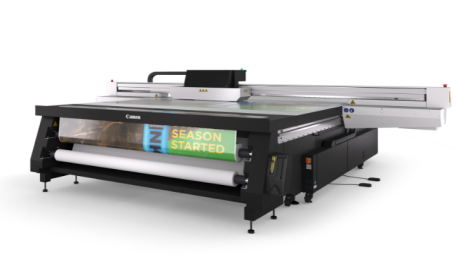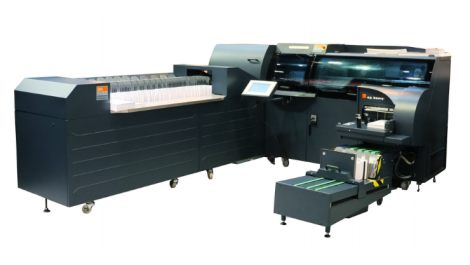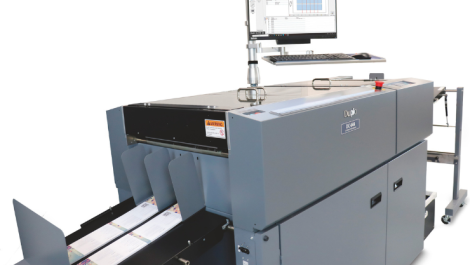The ISO committee responsible for greenhouse gas management and related activities has put out an update on ISO TS 14067, the technical specification for calculating the carbon footprint of products and services.
This document was used as the starting point for ISO 16759, for calculating the carbon footprint of print media products. ISO 16759 has been in the field for about a year and calculators from Heidelberg and Ricoh have been certified for compliance to it.
It is a great shame that TS 14067 didn’t make it as a standard, because it has all the content industry and governments need in order to develop robust models for carbon calculations. Perhaps its completeness was the problem. 14067 was seen more as a mandate than a specification, so it scared numerous countries anxious for their trading positions. They were afraid that the document could be used to squeeze out their products from global markets and the anxiety was such that 14067 was voted down as a standard. It was instead published as a technical specification and the latest communiqué seeks to clarify the role of this document. It is also intended to smooth the way for another vote to get 14067 published as a fully fledged standard.
Environmental footprint is becoming an indicator of sustainable resource use and of our environmental impact in all industries, including printing and publishing. The great achievement of 14067 is in its harmonisation of numerous approaches to carbon footprinting, to create a document suitable for global application. It is consensual, reflecting the inputs of many countries and interests and is intended to make trade more efficient. Having numerous different approaches to quantifying and communicating carbon footprint data creates confusion instead of clarity. Using a common methodology and consistency in calculations, reduces the risk of more confusion. We should all be capturing data in the same way, so that it can be compared and communicated accurately without distortion. What a shame that just enough countries, many of which should know better, voted down 14067. Their negative votes reflected a lack of appreciation of how standards can enhance competitiveness, improve performance of products and services and reduce technical barriers to trade.
These were all considerations in the development of ISO 16759 for the graphic arts. This standard is gradually being implemented in the market to help print buyers to quantify and communicate carbon footprint data in their supply chains. It hasn’t yet done much to increase consumer awareness or inform their media buying choices, but hopefully in time that will come. In the meantime, print’s contribution to climate change continues to improve, thanks to rising awareness in the development and manufacturer communities for environmentally friendly technologies.
http://verdigrisproject.com/blog/tracking-those-carbon-footprints
This article is part of the Verdigris series of stories about understanding the environmental impact of print. The Verdigris Project is supported by Agfa Graphics, Canon Europe, Digital Dots, drupa, EcoPrint, EFI, Fespa, HP, Pragati Offset, Ricoh, Splash PR, Unity Publishing and Xeikon.





